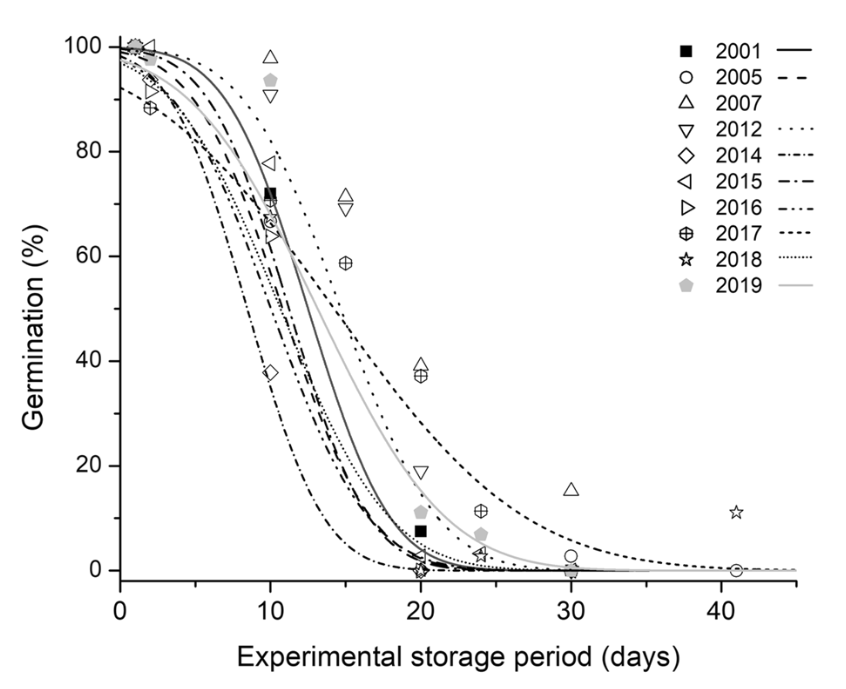
Two decades of climate change alters seed longevity in an alpine herb (Alp. Res.)
Plant Science Research WeeklyAlpine ecosystems are particularly vulnerable to climate change since they are experiencing swift temperature increases and rainfall reduction. These changes have been shown to affect different aspects of plant life history, such as phenology and germination. In this exciting research, White and colleagues…
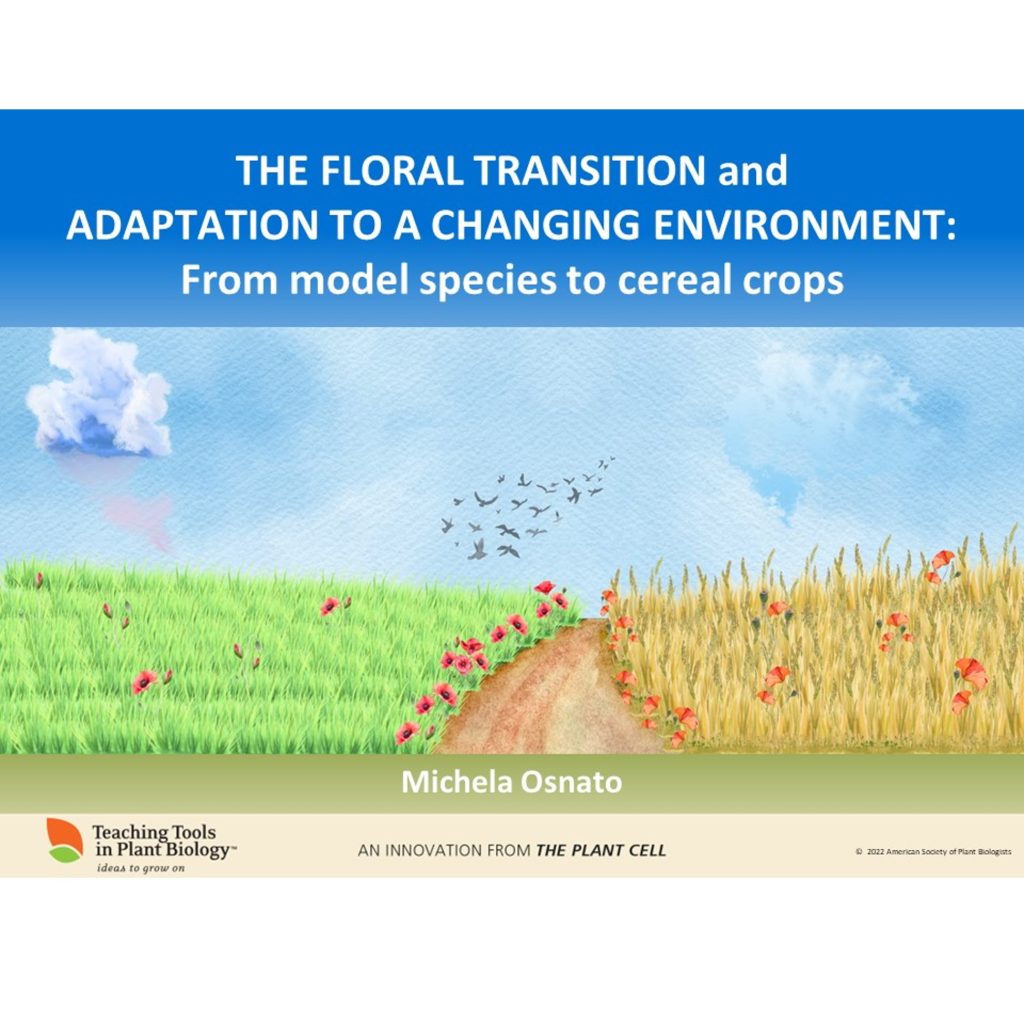
New Teaching Tool, “The Floral Transition and Adaptation to a Changing Environment: from Model Species to Cereal Crops"
Blog, The Plant Cell, The Plant Cell: NewsMeet the newest member of the Teaching Tools in Plant Biology family, The Floral Transition and Adaptation to a Changing Environment: from Model Species to Cereal Crops, by Michela Osnato. Freely available in the November 2022 issue of The Plant Cell. You can download the resources here, from the supplemental…
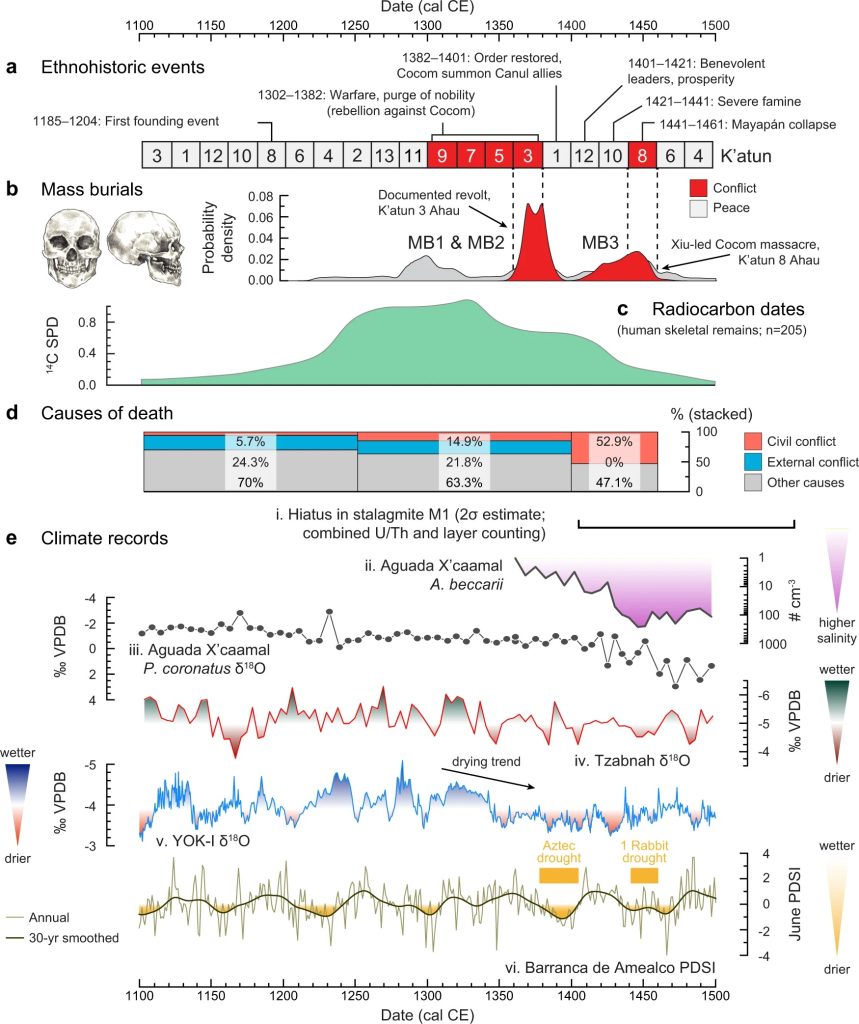
Drought-induced civil conflict among the ancient Maya (Nature Comms)
Plant Science Research WeeklyThe observation that “Those who cannot remember the past are condemned to repeat it,” (attributed to philosopher George Santayana) is quite relevant for our efforts to comprehend the impacts of climate change. As we observe temperature and rainfall records being broken with increasing frequency,…
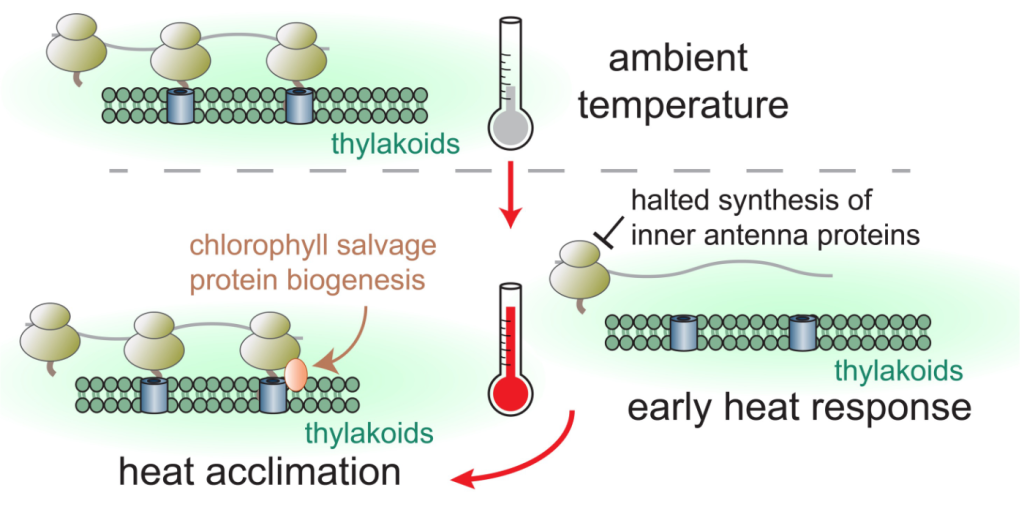
The chloroplast protein biogenesis network at the ribosome during heat acclimation
The Plant Cell: In a NutshellBy Raphael Tröscha, Fabian Riesb, Lisa Désirée Westrichb, Felix Willmundb, a Max Planck Institute of Molecular Plant Physiology, Am Mühlenberg 1, 14476 Potsdam-Golm, Germany; b Molecular Genetics of Eukaryotes, University of Kaiserslautern, Paul-Ehrlich-Str. 23, 67663 Kaiserslautern, Germany
Trösch,…

High temperature and heredity
The Plant Cell: In a NutshellJoke De Jaeger-Braet & Arp Schnittger, Institute of Plant Science and Microbiology, Department of Developmental Biology, University of Hamburg, Germany
De Jaeger-Braet and colleagues explore the effects of high temperatures on meiotic recombination in Arabidopsis.
Background: One of the hidden,…

Plantae Presents Panel: Evo-devo as a discovery tool
Blog, Plantae Presents, Research SkillsPlantae Presents - Evo-devo. What can we learn from comparative studies?
Recorded Wednesday, October 28 - 10 am EDT
We're pleased to announce the second in our series of webinars that are drawn from contributed short videos, followed by a panel discussion. This week we'll look at the topic of…

Stem diameter fluctuations provide a new window into plant water status and function
Blog, Plant Physiology, Plant Physiology: News and Views, ResearchAuthor: Robert Skelton
[email protected]
Affiliation: South African Environmental Observation Network, Private Bag X7, Claremont, 7735, South Africa
Knowledge of the spatio-temporal dynamics of water storage in plant stems is fundamental to understanding plant physiological function under…

Alpine plant growth and reproduction dynamics in a warmer world (New Phytol.)
Plant Science Research WeeklyClimate warming affects plant performance in warm and dry regions. In cold regions, warming stimulates growth and reproduction, but its effects can vary depending on location and species. Whether herbaceous plants can adapt to increasing temperatures is unclear and a matter of concern. In this study…
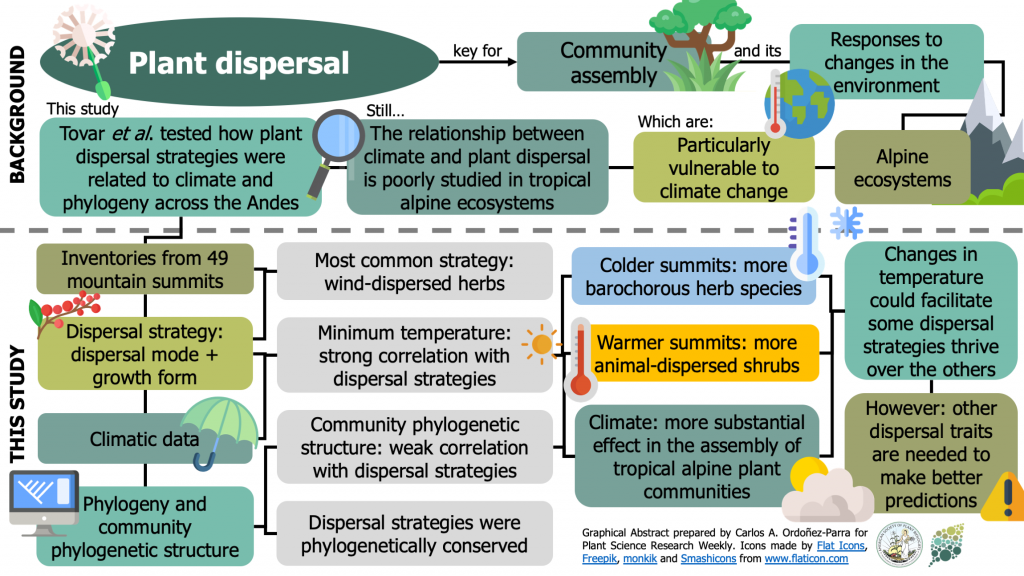
Plant dispersal strategies of high tropical alpine communities across the Andes (J. Ecol.)
Plant Science Research WeeklySince dispersal is crucial for the assembly of plant communities, a better understanding of its relation to climate is needed to predict plant communities' responses to changes in the environment. However, this kind of association is still missing in tropical alpine ecosystems –one of the most vulnerable…

